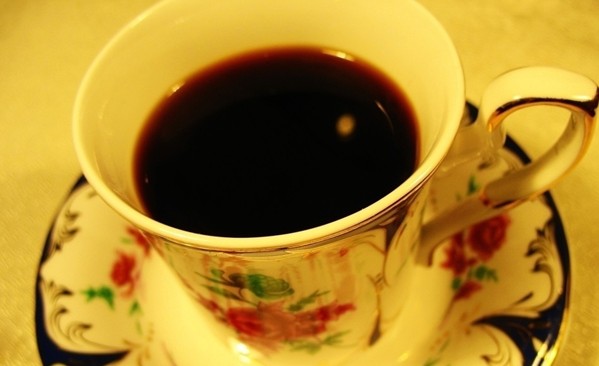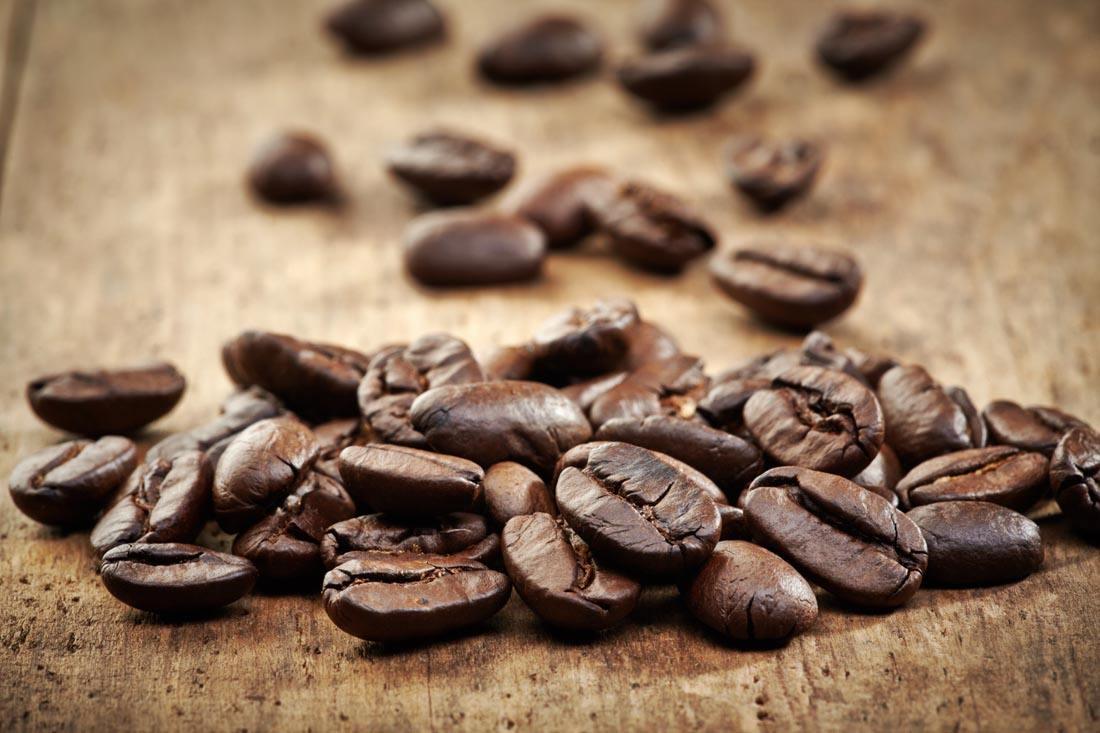Introduction to the treatment method of the planting and Development History of single Bean Flavor of Mexican Coffee

For professional baristas, please follow the coffee workshop (Wechat official account cafe_style)
Maxico Mexico
Population: 118395000
Coffee also grows outside the key producing areas listed below, and your trusted bean bakers or retailers should not be ignored. Of course, production in other regions is very small compared to production in major areas.
CHIAPAS
The producing area of Chiapas borders Guatemala. The Sierra Madre Mountains provide the altitude necessary for high-quality coffee production as well as beneficial volcanic soil.
Altitude: 1000-1750m
Harvest: November-March
Variety: bourbon, Typica,Caturra
OAXACA
Most farmers in the OAXACA producing area own less than 2 hectares (4.4 acres) of land in the area and have several large cooperatives. There are also some larger estates, although some have developed diversified tourism.
Altitude: 900-1700m
Harvest: December-March
Variety: bourbon, Typica,Caturra Maragogype
Mexican coffee
Coffee from the world's fourth largest coffee producer, slippery and fragrant, Mexico, the fourth largest coffee producer in the world, produces about 5 million bags of coffee a year. Most of its coffee is produced by nearly 100000 small farmers, and large estates that once manipulated the coffee industry are rare. The yield of Mexican coffee is about 630 kg per hectare. Later, the Mexican Coffee Association (Instituto Mexicano del Caf é, or Inmecafe) took control of the coffee industry. The Coffee Association controls both coffee cultivation and the market for coffee beans that can be exported since November. The association provides farmers with minimum purchase prices, technical advice and other assistance. However, since 1991, the Coffee Association's activities have been reduced and its functions are likely to be further weakened.
The collapse of the coffee agreement (Coffee Agreement) and the disappearance of price support have actually helped some producers by forcing them to develop their own brands and gain closer ties with foreign markets, while the NAFTA agreement between Canada, the United States and Mexico will further help Mexican products export to North America. Some people think that the best giant coffee beans are made in Mexico rather than Guatemala, but the supply and quality of coffee beans in both places can vary. The coffee beans, known as Maragogype, are large-grained and produce coffee that is smooth, mellow and fragrant. The poverty of farmers has caused most coffee to grow under natural conditions, that is, without the use of chemicals such as insecticides or fertilizers.
Mexico's best coffee producer is Chiapas in the south of the country, where caffeine varieties include Tapanchula and Huixtla. The Oaxaca region also produces high-quality coffee beans, of which the Pluma Coixtepec coffee beans, which are grown in natural conditions, are the best. The Oaxaca region also produces Altura Orisaba (Altura Orizaba) coffee and Altura Vatusco (Altura Huatusco) coffee. The Altura Coata Paike (Altura Coatapec) region produces Veracruz (Veracruz) coffee. The best giant coffee beans in Mexico are Liquidambar MS coffee beans.
Mellow Mexican coffee
Flavor and taste characteristics: soft aroma, mellow and comfortable, with wine aroma.
Mexico has a long history of producing coffee and is currently one of the most important coffee producing countries in the world. The coffee produced in Mexico is naturally called "Mexican coffee".
About 5 ℃ of Mexico's national area are plateaus and mountains, and the annual average temperature is 25 Muth27. The Mexican plateau has a mild climate all the year round, with mostly plateau topography, no severe cold in winter, no heat in summer, and evergreen trees in four seasons, so it enjoys the laudatory name of "Pearl of the Plateau". Due to geographical and climatic reasons, the coffee growing area in Mexico is close to Guatemala, and the main producing areas are Cora Begu and Aluca states. Most of the products are washed beans produced in the highlands, with a good aromatic and sour taste.
The selection of Mexican coffee is generally carried out manually. The main basis for selection is according to the fullness of coffee particles, whether it is uniform, and then grade it. Generally speaking, coffee with full and uniform grains is easier to preserve. Only the fullest and most evenly grained coffee beans can be roasted to represent the best and best coffee in the country.
After the workers picked the coffee beans, they spread the coffee beans in a special house with ventilation on all sides. About a week later, the coffee beans were packed in loosely packed bags so that the wind could blow through the bags. After about seven weeks, the coffee beans changed color and taste. Finally, these coffee beans are selected manually, and the coffee beans of high quality are selected and officially bagged for preservation.
Aldura coffee beans are the top coffee beans in Mexico. This coffee beans have large granules and have strong sweet, sour and good aroma.
Mexicans are optimistic and enthusiastic, and it can also be seen from their coffee that the mellow Mexican coffee is not only loved by the native people, but also praised by many coffee connoisseurs. There are many ways to taste Mexican coffee, mainly divided into alcoholic and non-alcoholic practices.
Non-alcoholic Mexican coffee often goes with milk. Heat a cup of milk, a teaspoon of cinnamon powder and a teaspoon of vanilla powder in a pot at medium temperature, not too hot, and do not boil the milk. Then add the cocoa powder, fully dissolve and stir well. If you like chocolate, you can use chocolate paste instead of cocoa powder and milk. Let the milk dry for about 5 minutes, wait until the milk is slightly cool, then pour into the prepared coffee, decorate the coffee surface with cold cream, then decorate with a piece of cinnamon, and the Mexican coffee is ready. The aromas of chocolate and cinnamon blend together to give off the smell of desert. Tasting such a cup of coffee, you seem to be walking through the desert full of barn feeling.
Another way to mix Mexico's most famous tequila with coffee is to pour a small glass of tequila at the bottom of the cup, followed by milk and coffee, preferably decorated with cream and cinnamon. Tequila is a wine with great stamina. If you have enough courage, you might as well try this alternative coffee.
Indeed, after drinking Mexican coffee, it really has the effect of forgetting worries and getting rid of troubles. Mexican coffee has a strong low taste, rich aroma, although slightly bitter but very mellow, has a unique and strong flavor, is a wonderful product of afternoon tea, should be carefully tasted. It is also the best choice for mixing other coffees and the first sip of coffee that beginners should taste. To taste Mexican coffee, it is best to drink it while it is hot (about 75 °C). After an hour of hot coffee, all the aroma will be gone. If the coffee liquid is not filtered, be careful not to stir it into the coffee grounds, just like a slowly aged wine, not only to taste it, but also to appreciate its color.
Interesting Border Coffee-La Perla (Pearl) Manor Catura seed!
This bean comes from two countries-Guatemala and Mexico. La Perla Manor is so interesting. La Perla means pearl in Spanish. Lapella means pearl. This manor is located in the mountains of Mexico's Chiapas province near the Guatemalan border. Part of the family's coffee farm is actually on the Guatemalan border, walking across the barren path to a small village in Guatemala in about 40 minutes. In this unique situation, the coffee fruit comes from two borders. We call it Border Coffee. Pearl Manor is more than 1650 meters above sea level. In the early years, a middleman from Guatemala even came to buy it.
The border coffee of this batch of Pearl Manor has obvious flavor of caramel and vanilla chocolate. the quality of raw beans is very hard, which is different from the common Mexican beans.
The map of Chiapas province was posted in the landlord's small living room, and the sun was shining brightly that day:
BBCode image
When we arrived at the manor, some of the fruit was about to be ripe for picking. The picture shows the bright red Katula species:
BBCode image
This batch of materials:
Country: Mexico
Producing area: border mountain area of Chiapas province
Manor name: Pearl Manor, Finca La Perla (La Pella Manor)
Variety: Caturra, Katula species
Treatment: washing method, back scaffolding in the sun
Harvest time: 2015
The cup tests the flavor:
Obvious sweetness, caramel and honey, good cleanliness, vanilla plants, obvious spices and chocolate, full and rich as a whole.
Important Notice :
前街咖啡 FrontStreet Coffee has moved to new addredd:
FrontStreet Coffee Address: 315,Donghua East Road,GuangZhou
Tel:020 38364473
- Prev

Introduction of Dominica Coffee single Bean Flavor description Variety planting Development History production area treatment method
Communication of professional baristas Please follow the coffee workshop (official Wechat account cafe_style) coffee in Dominica is grown in highlands and lowlands, and the taste is slightly different. The upland is sour, but the taste is rich; the lowland is less sour and tastes smoother. In recent years, boutique coffee is popular. The high-quality coffee beans produced by some Dominican estates have rich aroma and mellow taste.
- Next

The history of Mexican coffee beans and the description of the flavor of Mexican coffee beans.
Follow the caf é (Wechat official account vdailycom) found that the good Cafe opened a small shop of its own Mexican coffee growing region near Guatemala, the production classification belongs to the Central American type. The main producing areas are: Kolabegu and Aluca states, the products are mostly washed beans produced in the highlands, with good aroma and sour taste, the grade is divided into three categories according to altitude: Aldo
Related
- Detailed explanation of Jadeite planting Land in Panamanian Jadeite Manor introduction to the grading system of Jadeite competitive bidding, Red bid, Green bid and Rose Summer
- Story of Coffee planting in Brenka region of Costa Rica Stonehenge Manor anaerobic heavy honey treatment of flavor mouth
- What's on the barrel of Blue Mountain Coffee beans?
- Can American coffee also pull flowers? How to use hot American style to pull out a good-looking pattern?
- Can you make a cold extract with coffee beans? What is the right proportion for cold-extracted coffee formula?
- Indonesian PWN Gold Mandrine Coffee Origin Features Flavor How to Chong? Mandolin coffee is American.
- A brief introduction to the flavor characteristics of Brazilian yellow bourbon coffee beans
- What is the effect of different water quality on the flavor of cold-extracted coffee? What kind of water is best for brewing coffee?
- Why do you think of Rose Summer whenever you mention Panamanian coffee?
- Introduction to the characteristics of authentic blue mountain coffee bean producing areas? What is the CIB Coffee Authority in Jamaica?

